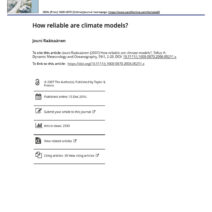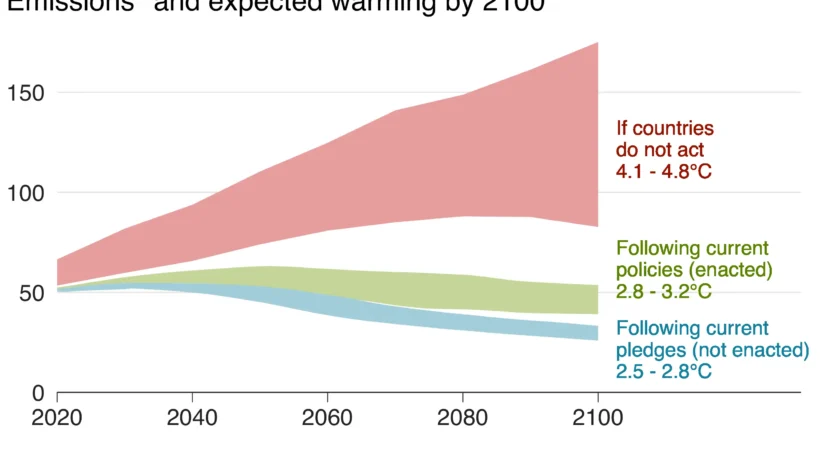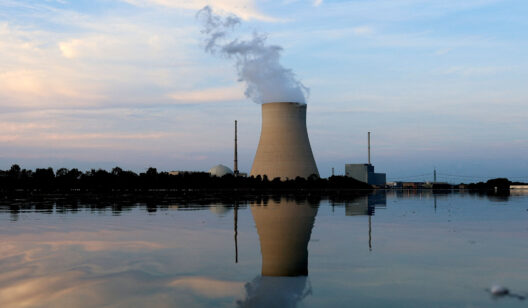Antarctica, often referred to as the last great wilderness, is a vital and intricate part of the Earth’s ecosystem. Its food web serves as the backbone of an environment teeming with life. However, the specter of global warming is casting an ominous shadow over this pristine landscape, causing a significant shift in the dynamics of its oceanic food web. As temperatures rise and ice melts, the delicate balance of species interactions is being disrupted, and the consequences are profound. This exploration into Antarctica’s food web allows us to understand the complexities of marine biology and the far-reaching impacts of climate change.
At the foundation of the Antarctic food web lies the phytoplankton, microscopic organisms that flourish in the nutrient-rich waters surrounding the continent. These primary producers harness solar energy through photosynthesis, converting it into chemical energy that sustains a plethora of marine life. Intriguingly, the productivity of phytoplankton is intricately linked to the expanse of sea ice. As the ice recedes due to warming temperatures, new vertical and horizontal currents are set in motion, altering the nutrient availability crucial for phytoplankton blooms. Consequently, reductions in sea ice can lead to fluctuations in phytoplankton populations, impacting the entire marine food chain.
The benthic community, composed of various organisms such as mollusks, crustaceans, and echinoderms, plays a vital role by grazing on these primary producers or feeding on detritus. A changing climate influences the abundance and distribution of these species. For instance, warmer waters can lead to the northward migration of certain species, like the Antarctic krill, a critical link in the food web. Krill, which feed on phytoplankton, are not only crucial for themselves but serve as a fundamental food source for numerous predators, including seabirds, seals, and whales.
Yet, the krill population is under unprecedented stress. The warming oceans are not only affecting their feeding patterns but also modifying their breeding cycles. With a decline in sea ice, the habitat that juvenile krill depend on for survival is dwindling. Rising ocean temperatures can result in a decline in krill populations, which may, in turn, lead to a cascade of effects throughout the entire food web. Species such as the Emperor penguin, which rely heavily on krill, face diminishing prospects for feeding their chicks, potentially leading to drastic decreases in population numbers.
Seabirds, another critical component of this ecosystem, are similarly affected. The foraging patterns of species like the Adélie penguin and the Wandering albatross are interwoven with the availability of krill and fish stocks. As these prey species shift their ranges in response to warming temperatures, seabirds may struggle to adapt quickly enough, resulting in decreased reproductive success and increasing mortality rates. The repercussions of these changes extend beyond individual species, threatening the ecological balance that sustains life in this remote area.
The complexity of Antarctic marine life is further amplified by the presence of apex predators, such as leopard seals and blue whales, which are also feeling the brunt of climate change. These large predators depend on a robust population of prey to survive. As the food web begins to fray, the consequences of prey scarcity ripple upwards, affecting larger predatory species. As the environment continues to change, the ability of these animals to adapt will be tested, potentially leading to shifts in their populations and distributions.
Moreover, the anthropogenic effects on the region cannot be ignored. Fishing practices, particularly for krill and fish species, are increasingly encroaching upon this fragile ecosystem. Overfishing not only exacerbates the natural stressors imposed by climate change but also removes crucial biomass that supports multiple levels of the food web. Efforts to establish marine protected areas in Antarctica have gained momentum, aimed at preserving biodiversity and ensuring sustainable practices, yet enforcement remains a challenging endeavor.
Interestingly, changing ocean chemistry serves as yet another aspect of the warming narrative. Increased levels of carbon dioxide result in ocean acidification, compromising the ability of shellfish and other calcifying organisms to maintain their shells and skeletons. The repercussions of this phenomenon extend throughout the ecosystem, potentially leading to shifts in species dominance and altering the entire structure of the benthic community.
Addressing these challenges requires a multifaceted approach, combining science, policy, and grassroots conservation efforts. Understanding the intricate interconnections within Antarctica’s food web can cultivate awareness and inspire action among communities worldwide. It is crucial to elevate public discourse surrounding climate change to emphasize not only the urgency of preserving this unique ecosystem but also the interconnectedness of our global environment.
The narrative surrounding Antarctica is not merely a tale of ice and snow; it is one of resilience, fragility, and dramatic change. As we pique curiosity regarding the complexities of its ecosystems amidst a changing climate, it becomes evident that every choice we make today reverberates in the Antarctic waters. To safeguard this pristine region, concerted actions at every level must be taken to mitigate the effects of climate change and protect the rich biodiversity that resides within these icy seas. The echo of our environmental decisions can be profound, connecting distant lands through the delicate threads of life that flourish in Antarctica’s waters.






